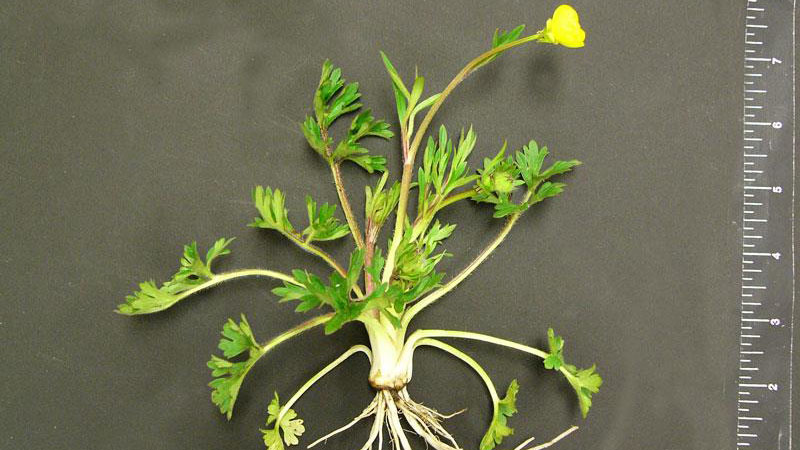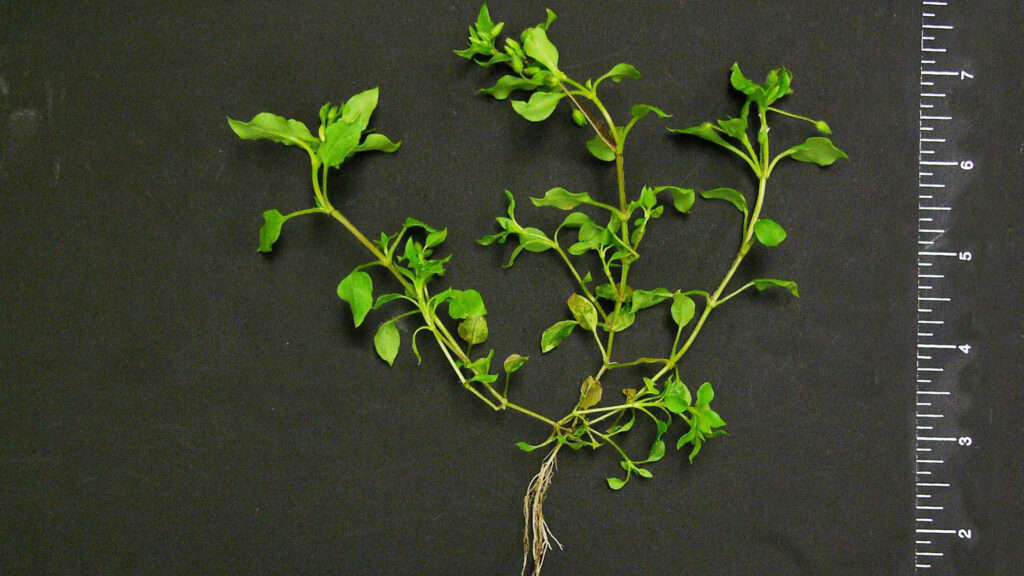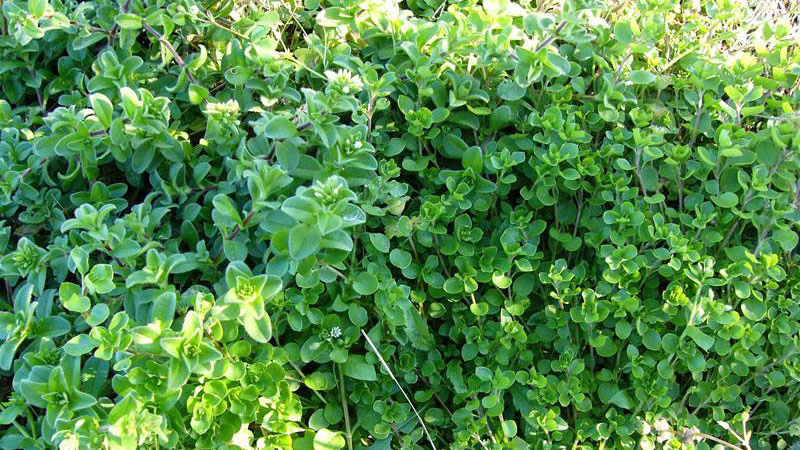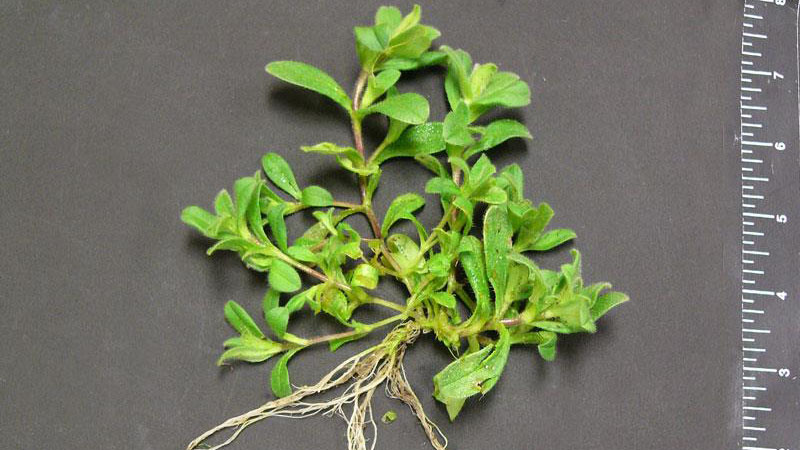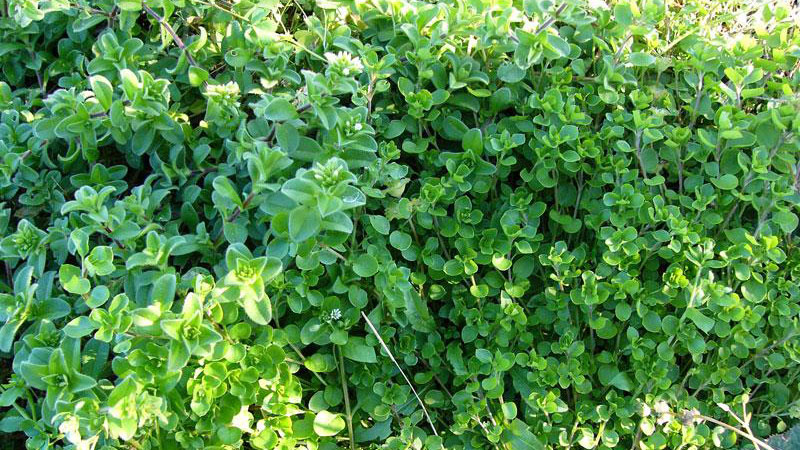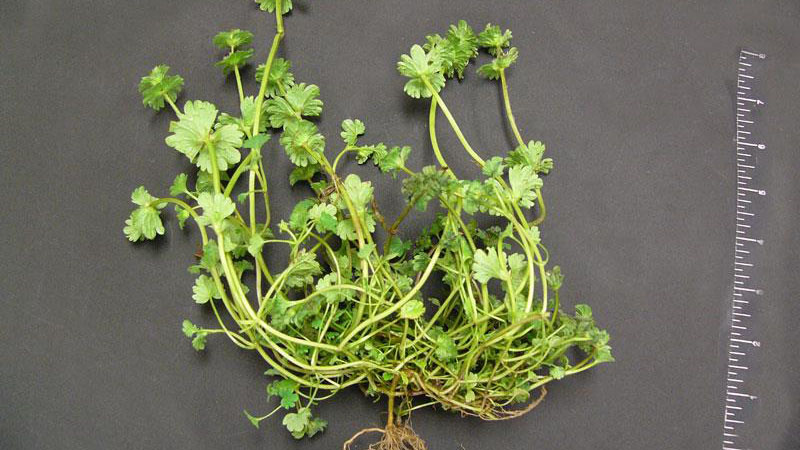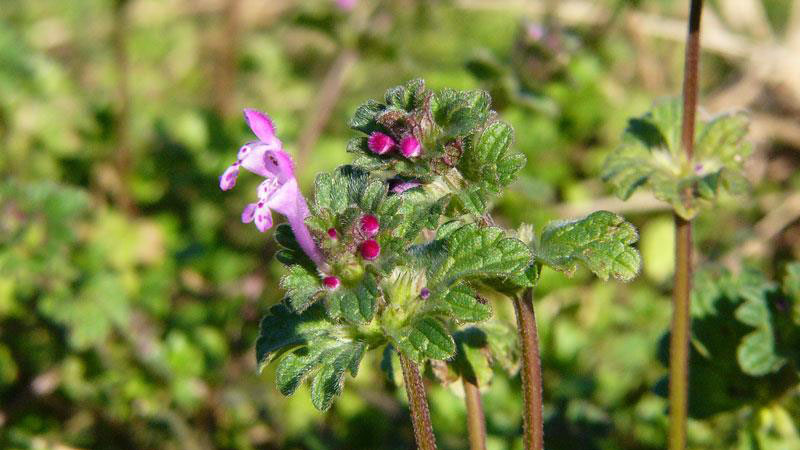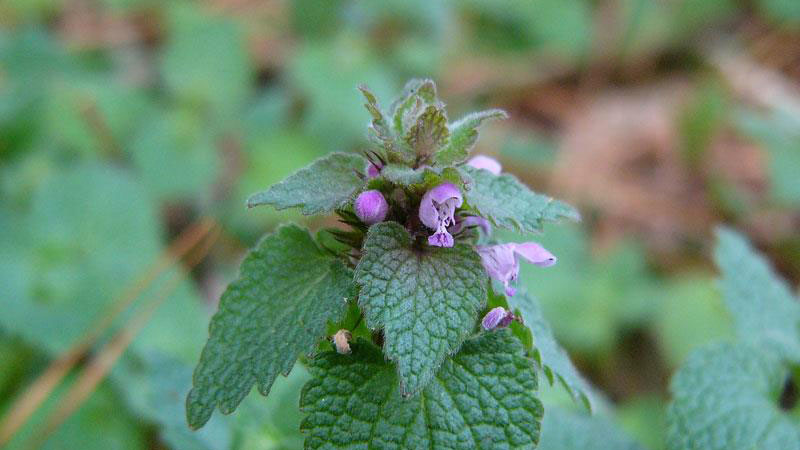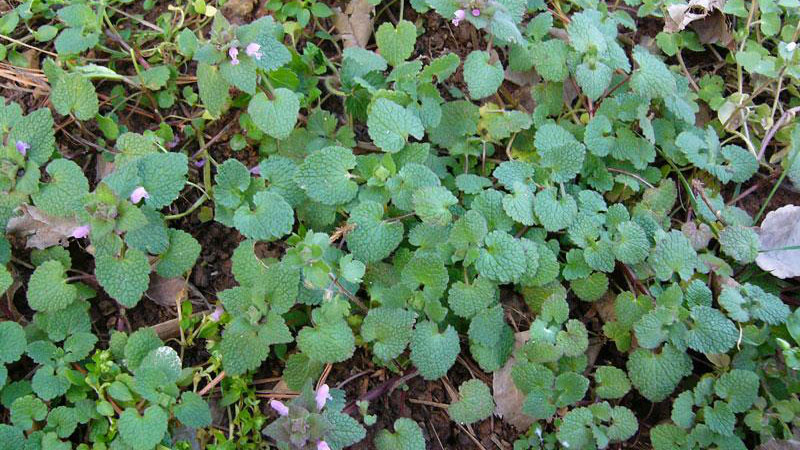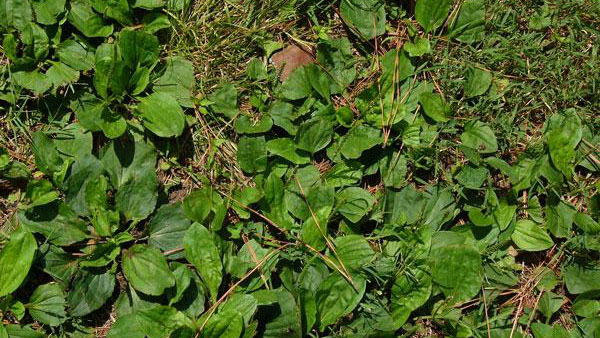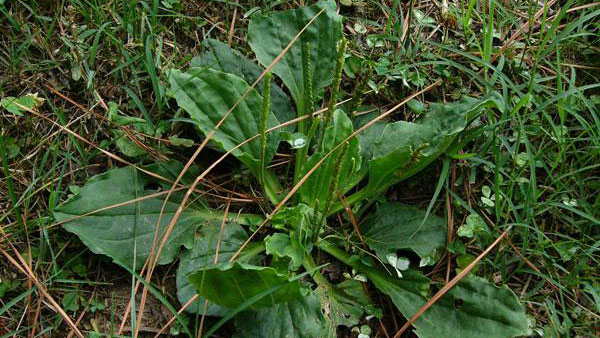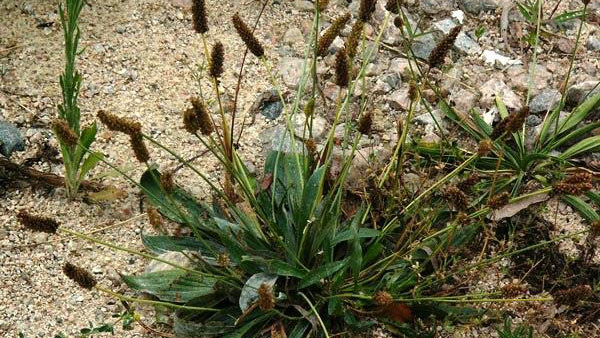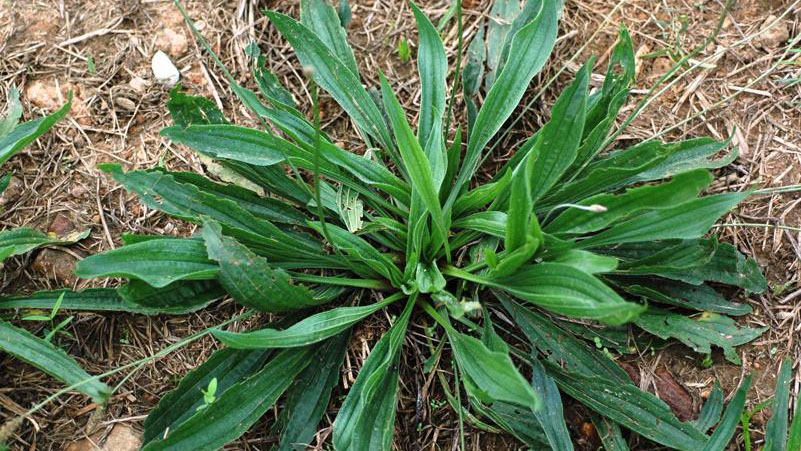Stomping out Cool-Season Broadleaf Weeds in Pastures
go.ncsu.edu/readext?776366
en Español / em Português
El inglés es el idioma de control de esta página. En la medida en que haya algún conflicto entre la traducción al inglés y la traducción, el inglés prevalece.
Al hacer clic en el enlace de traducción se activa un servicio de traducción gratuito para convertir la página al español. Al igual que con cualquier traducción por Internet, la conversión no es sensible al contexto y puede que no traduzca el texto en su significado original. NC State Extension no garantiza la exactitud del texto traducido. Por favor, tenga en cuenta que algunas aplicaciones y/o servicios pueden no funcionar como se espera cuando se traducen.
Português
Inglês é o idioma de controle desta página. Na medida que haja algum conflito entre o texto original em Inglês e a tradução, o Inglês prevalece.
Ao clicar no link de tradução, um serviço gratuito de tradução será ativado para converter a página para o Português. Como em qualquer tradução pela internet, a conversão não é sensivel ao contexto e pode não ocorrer a tradução para o significado orginal. O serviço de Extensão da Carolina do Norte (NC State Extension) não garante a exatidão do texto traduzido. Por favor, observe que algumas funções ou serviços podem não funcionar como esperado após a tradução.
English
English is the controlling language of this page. To the extent there is any conflict between the English text and the translation, English controls.
Clicking on the translation link activates a free translation service to convert the page to Spanish. As with any Internet translation, the conversion is not context-sensitive and may not translate the text to its original meaning. NC State Extension does not guarantee the accuracy of the translated text. Please note that some applications and/or services may not function as expected when translated.
Collapse ▲There was a joke that went around in Fall 2020:
What do new cars and winter annual weeds have in common?
The 2021 models are already out!
So, with this being said, the best time to control winter annual (also known as cool-season annual) weeds is in late Fall, before they go dormant. But, if wanting to control them in early Spring, it is never too early to start planning. It is important to control unwanted species in pastures and hayfields to prevent them from out-competing desirable forage species.
There are several steps in developing a successful weed control plan. The first is to identify what weed species are present in the pasture or hayfield. Below are some common cool-season pasture weeds in Stokes County:
Buttercup: There are two common species of buttercup in N.C.: hairy and bulbous. Methods of control are similar, although bulbous can sometimes be more difficult to control.
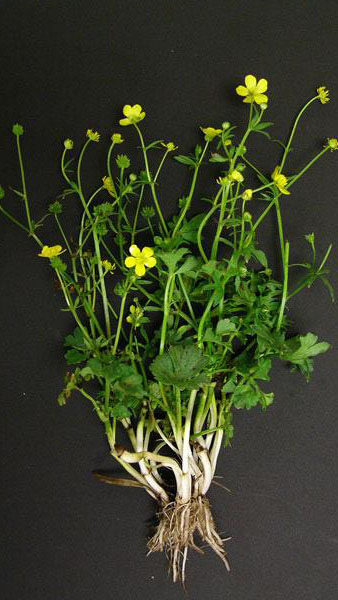
Bulbous Buttercup
Note the difference between shape at the base of the stem as compared to Hairy Buttercup
Chickweed: There are several types of chickweed as well, including common chickweed and mouseear chickweed. Control for both types is similar.
Henbit: Henbit is recognized by small purple flowers and a square stem, although not to be confused with deadnettle.
Purple Deadnettle: Purple Deadnettle (also known as red deadnettle or simply deadnettle) is also recognized by its square stem; however, its leaf margins and flowers differ from henbit.
Plantain: Pronounced by some as plan-tuhn, there are two common species of plantain found in forage production: buckhorn and broadleaf. Blackseed plantain is less common, but can occur.
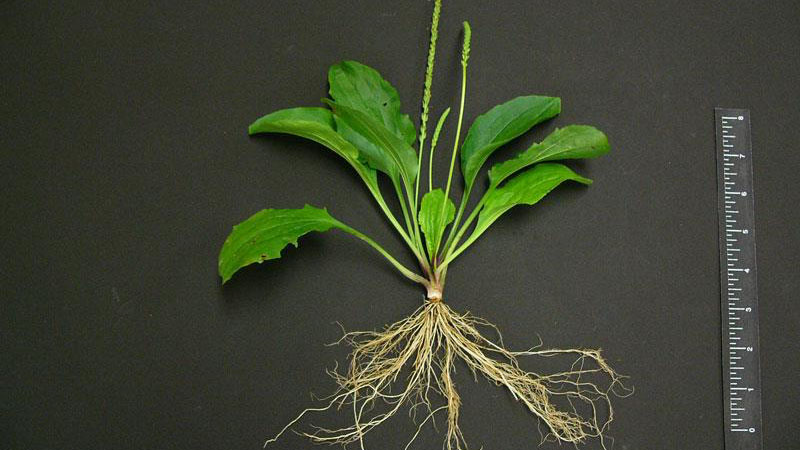
Blackseed Plantain. This can be distinguished from broadleaf plantain by hair present on underside of leaves, possible red hue at the petiole, where the leaf attaches to the stem, and white flowers or seed heads.
This is not an exhaustive list of common weed species, but I have found these to be common culprits in pastures and hayfields. After identifying present weed species, there are several steps in the plan of action against them:
- Evaluate management practices. Are pasture or hayfields being grazed or mowed too closely and too often? When forage species are over-harvested, either mechanically or by animals, they become stressed and their growth is “stunted”. This allows sneaky weeds to establish.
- Evaluate soil fertility. It’s been said before that “unless you test, it’s just a guess”, and this is true when evaluating soil fertility. Many pasture weeds thrive at high pH levels or in nutrient-deficient soils. By soil testing, it is easier to decide how much lime to apply to amend pH levels, and also if application of nutrients such as potassium and phosphorus are necessary. Just like people, if forage species don’t get proper nutrients, they can’t grow!
- Determine which herbicide will best control problematic weeds. In the past, 2-4D and Dicamba products have been used to control broadleaf weeds. While these products are still available and useful, new products such as DuraCor are also good to have in any weed control toolbox.
While this plan may involve more than spraying and forgetting, evaluating the forage system from the ground up will allow for better control and eradication of unwanted species in the end. Specific chemical control instructions are not provided in this article because each situation is different. Please contact our office with questions about pasture or hayfield herbicides and weed management.
Many thanks to NC State Extension Weed Specialists for preparing and providing pictures in their publications that were used in this article. To read more about weed identification in North Carolina, refer to the Weed Identification in Pastures, Hayfields, and Sprayfields Extension Publication.





